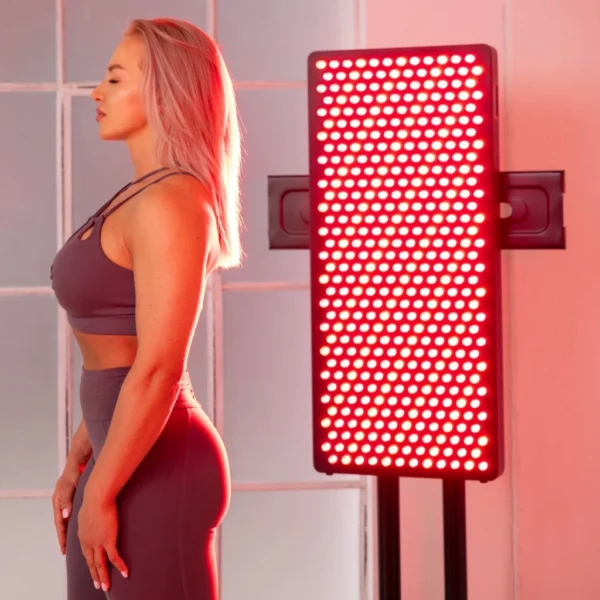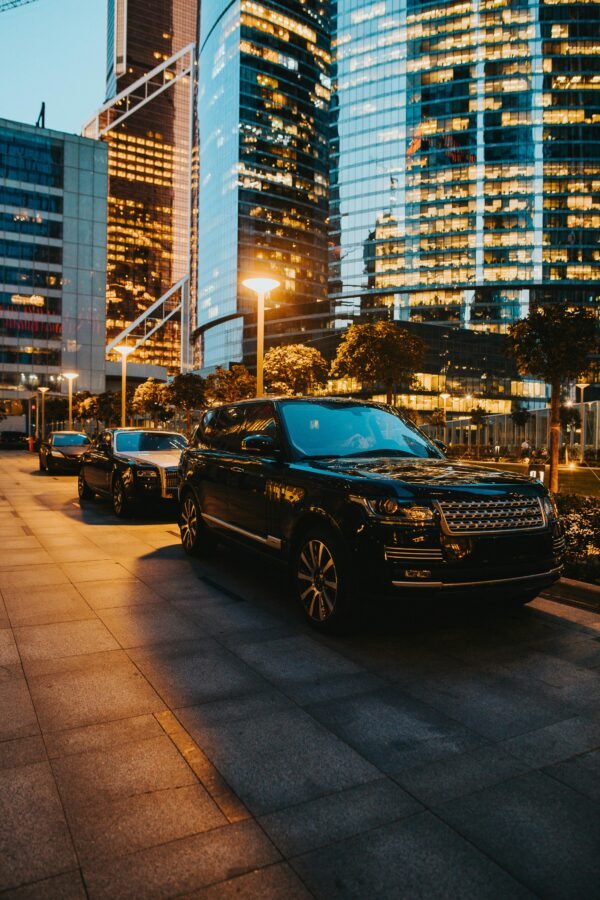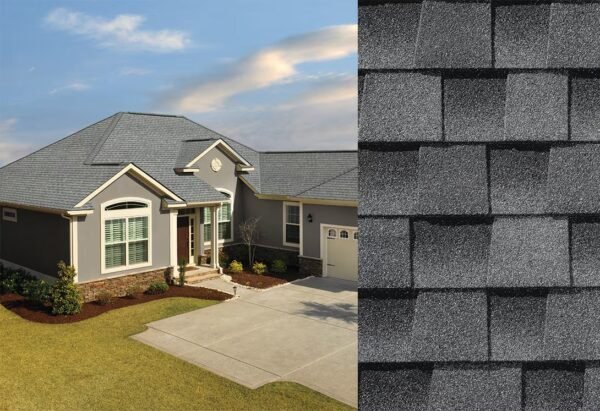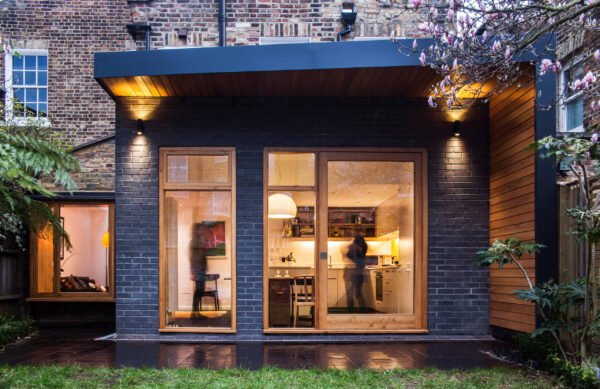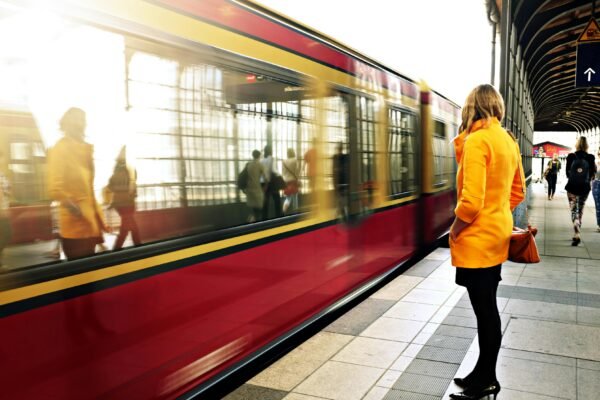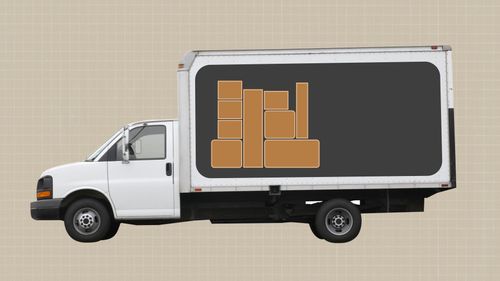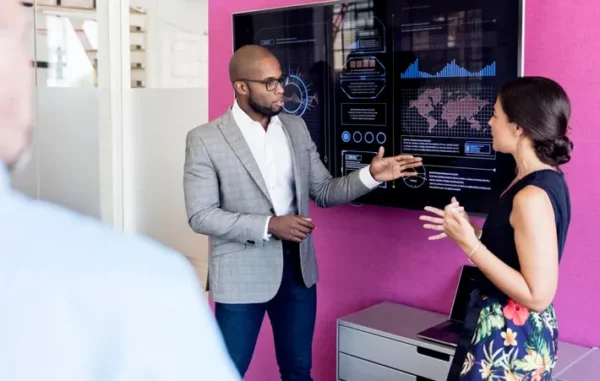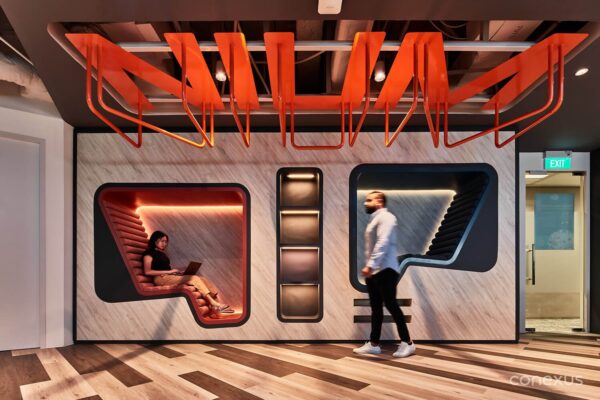
Where Do You Want to Work Today? Designing for Collaboration in the Burnout Age
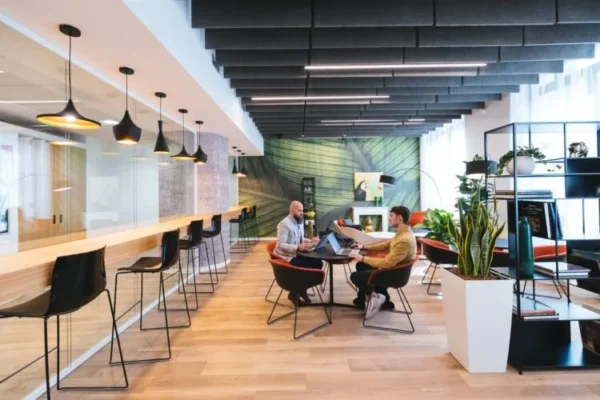
When Covid-19 lockdowns eased the word lurched into overdrive, and our concept of how time passes changed. To say the least. Days now feel like hours, often minutes, years race by so quickly we’re halfway through the decade already, even if subconsciously it feels like it never started.
In all this chaotic conundrum and confusion over who did what when and where, whether the bins are still taken out on a Thursday and if that event actually took place 24 months ago, we’re struggling to keep up. Few places is this more evident than the office, at your desk. We got very tired at the height of the virus and its impact, but since the world opted to go straight into fifth gear after reopening the level of exhaustion has only grown worse. We’re trying to juggle the everyday with two years of catching up and a lot of processing. It’s not easy.
Studio Alliance is a collective of office design experts that respond to individual projects. A modular agency that can bend and adapt to the requirements of clients, essentially they bring together specialists in all necessary fields for a job, nothing more or less. According to the modular-style collective, online searches for “workplace burnout” have increased more than 47% in the past year, which is hardly surprising given the context. There’s a technological overhaul happening everywhere you look and a new era dawning. Machine learning and AI are transforming all manner of roles, yet economies and society are being asked to do more, faster, in an increasingly expensive and demanding world. It’s borderline overwhelming.
So, the least employers can do is create an environment that supports people in producing of high quality, high efficiency work that’s now expected. Of course, a big part of this comes down to the culture of a business — does it promote innovation, new ideas, ethics, understanding? Does it make people feel they are valued? If so great. If not, there’s some ground to make up here. Either way, there’s also a lot to be said for space itself, and how an office is designed to suit the needs of the company and its people.
In the mid-2020s, wellness and well-being must be priorities when creating a professional environment. That means biophilic design principles, bringing as much nature into the human-made space as possible, maximising exposure to natural light, and ensuring a good standard of ventilation, leading to improved air quality. More so, leaders should think about the ways a room or office can offer health benefits, for example by introducing desks that can be adapted to sitting or standing, providing a range of comfortable breakout areas and corners to relax, recharge or even take recreational exercise.
Adaptability goes much further than this, though. By creating a space that can be changed and altered to suit specific tasks, campaigns, and operations, we not only future-proof the office — avoiding expensive refurbishments in the future as business needs evolve — we promote a more collective and collaborative approach to working. Moveable walls, modular fixtures and furniture, writable surfaces, and interactive equipment all put an emphasis on improving communication routes between teams and departments.
This makes everyone’s job not just easier, but the output more robust and greatly improved, as it takes into account input from more varied minds and a wider cross-section. Integrating high quality social spaces within a working environment is another biggie for this, bringing staff into closer proximity, helping employees get to know each other regardless of their different roles and departments. Encouraging them to share experiences and ideas can lead to more rounded concepts, campaigns, products and innovations, not just happier workers.
If we’re looking to increase flexibility, then transparency has to be the final design totem, and perhaps the most difficult to get right. Digital boards and task trackers are useful to help focus us on a single shared goal. However, this needs to be done in a way that doesn’t overtly or inadvertently apply time pressures, which can hurt productivity. Instead, opt for equipment that makes it clear where progress is up to, rather than where shortcomings are. And it’s important to remember in and among these open design decisions that focus is usually essential in certain moments, too. As such, don’t forget to incorporate areas dedicated to quiet working and concentration tasks, but think about these creatively in terms of how they complement the space as a whole.












